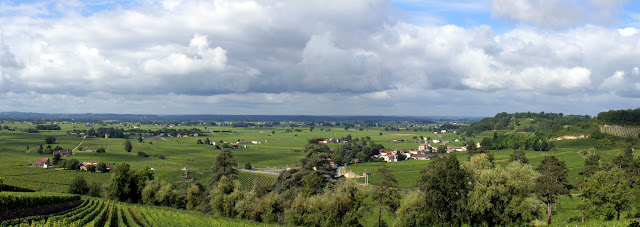A standard device for
politicians who are asked an embarrassing question is to answer a
different one. So when Nicola Sturgeon was asked about the GERS
report showing the Scottish fiscal deficit was £14.8 billion or
about 9.5% of GDP, larger even than Greece, she replied that the real
threat to the Scottish economy was Brexit.
Aye, as they say,
that'll be right. Scotland does about 15% of its trade with the EU
and about 70% with the rest of the UK. We are happy to contemplate
pulling out of the UK and really upset about pulling out of the EU?
As I pointed out at the
time, the so-called White Paper Scotland's Future, despite
predicting an absurdly high oil price, already predicted a fiscal
deficit of £4.6 billion.
Take
away the alleged bonus
of oil revenues and we now need bailing out to the tune of well over
£3,000 per adult per year. Fortunately as part of the UK we don't
have to try borrowing that.
Meanwhile
the Scottish Government embarks on another round of trying to
persuade the voters that independence makes economic sense.
Yes.
Quite. And whilst all this is going on, who's minding the store?







